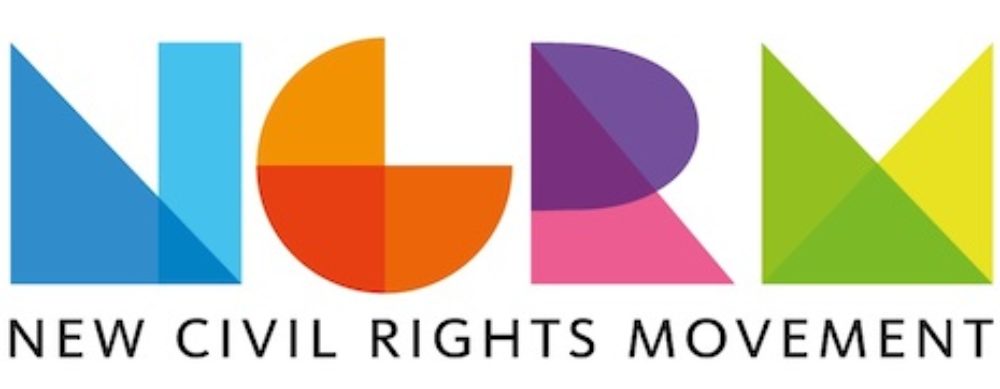Dharun Ravi And Liam Stacey: Online Bias Intimidation Explored
On May 21, 2012 we learned that Dharun Ravi was found guilty by a court in New Jersey of invasion of privacy, hindering apprehension, witness tampering, and four counts of bias intimidation following the suicide of Tyler Clementi, a gay student he had secretly filmed kissing another man in his dorm room at Rutgers University. Ravi was sentenced to 30 days in prison, three years probation, 300 hours community service, a $10,000 fine, and counseling on cyberbullying and alternative lifestyles. While the story of Tyler Clementi and Dharun Ravi has been rehearsed several times in the media, and while we still have to hear Ravi make an apology that acknowledges his part in a series of events that resulted in a talent young man taking his own life, the question I wish to reflect upon here is, quite simply, what turned this popular and outgoing student into a convicted felon?
In the UK, we have several laws which protect citizens from harassment and have also recently seen such laws put into effect. On March 17, 2012, Bolton Wanderers soccer star, Fabrice Muamba suffered a cardiac arrest during a quarter-final match against rival soccer club Tottenham Hotspur. While doctors fought to save his life on the pitch, Swansea University student, Liam Stacey, posted a series of drunken tweets which were considered grossly offensive and racist. Realising his error (and this bears some remarkable similarities to Ravi’s apology that occurred moments before Clementi’s death), Stacey apologised profusely and claimed that his Twitter account had been hacked and that he had not posted the comments. Stacey eventually pleased guilty to a public order offence and was sentenced to 56 days in prison. Like Dharun Ravi, this was a young man with no history of hate, an educated and well-liked individual who had no reason to embark upon a campaign of racism against a soccer player who had come so close to death.
In trying to understand what turns these young men into criminals, it is important to understand the drivers that encouraged them to express, in public forums, sentiments that ultimately brought them to the attention of law enforcement.
In my research looking at the reasons why young people bully others, I have explored the issue of bias intimidation and looked at the factors that anger those we call “bullies.” Ultimately I found that issues of “difference,” judgements about the relative “value” of those who are different, and expectations or assumptions about those people are key drivers in someone becoming a “bully.” But, what do these three things have in common with Dharun Ravi and Liam Stacey? At face value both chose to abuse people who were different from themselves: Tyler Clementi was “gay” and Fabrice Muamba was “Black.” Perhaps Ravi and Stacey believed that the men they abused were easy targets, and their public humiliation was in some way less meaningful than if it had been a heterosexual room-mate or white soccer star. However what we do know is that both – despite having no overt homophobic or racist attitudes – engaged in behaviours that led them to prison.
So what happened to these two bright young men? In the first instance both were interacting online with others; they fed off those who responded positively and ignored or reacted angrily to those who responded negatively. Secondly, they were engaged in what is, in effect, a solitary activity, with few if any social cues to moderate their behavior. In Ravi’s case, Molly Wei was a willing confederate and thus did not provide Ravi with any physical cues (as far as we know) that would make him think twice. Much more important in understanding their behavior is both Ravi’s and Stacey’s mind set which governed the way they interacted with others online. It was, in essence, solipsistic. Solipsism is a philosophical idea that only one’s own mind truly exists, and that anything existing outside of one’s own mind is questionable at best, or non-existent. In other words, the only “truth” comes from one’s own perspective.
As we become increasingly reliant upon technology in our daily lives, are we too becoming the embodiment of solipsism, acknowledging only our own existence and devaluing or rendering irrelevant the beliefs, attitudes and existence of others? Is this the trap that Dharun Ravi and Liam Stacey fell into? Did they feed off the frenzy of positive reinforcement and ignore those who sought to moderate their behavior? In face-to-face interactions their behavior would have been criticised by their peers, but online we can always find like-minded individuals who are willing, often through the veil of anonymity or pseudonymity, to encourages us to more extremes of behavior. Similarly we should also consider, as social psychologists do, how much a person’s explicit attitudes correlate with his or her implicit ones? Are we more likely to express those implicit attitudes online because our interactions with others are disembodied and thus not “real” (see image above)?
Just how “real” was the hurt experienced by Tyler Clementi in Dharun Ravi’s eyes? Did he truly understand that something watched on a screen, or communicated via Twitter, was not another person’s reality? Did a drunken student, watching a soccer match on a TV really understand how his words could not only hurt the family of Fabrice Muamba but shock online and offline communities alike? Both Ravi and Stacey have lives to build after their sentences, alas Tyler Clementi does not. Fabrice Muamba is well on the road to recovery following his cardiac arrest. We may never fully understand why Ravi and Stacey did what they did and whether they their words and actions online are true reflections of their feelings towards others they perceive to be different. We do know that, despite its prevalence in our daily lives, we do not fully understand how human interact with technology.
Â
Ian Rivers is Professor of Human Development at Brunel University, London. He is the author of ‘Homophobic Bullying: Research and Theoretical Perspectives’ (Oxford, 2011), and has researched issues of discrimination in LGBT communities, particularly among children and young people, for nearly two decades.

Enjoy this piece?
… then let us make a small request. The New Civil Rights Movement depends on readers like you to meet our ongoing expenses and continue producing quality progressive journalism. Three Silicon Valley giants consume 70 percent of all online advertising dollars, so we need your help to continue doing what we do.
NCRM is independent. You won’t find mainstream media bias here. From unflinching coverage of religious extremism, to spotlighting efforts to roll back our rights, NCRM continues to speak truth to power. America needs independent voices like NCRM to be sure no one is forgotten.
Every reader contribution, whatever the amount, makes a tremendous difference. Help ensure NCRM remains independent long into the future. Support progressive journalism with a one-time contribution to NCRM, or click here to become a subscriber. Thank you. Click here to donate by check.
 |



















